WHAT IF WE TRULY GREENED AMERICA? Five ways to build a botanical city: Part 2
What if we truly greened America?
The Botanical City is an old idea whose time finally may have come. But it needs a boost, a convener, an institution to plant the seed and nurture it. Botanical gardens, working with partners, could play that role.
What if botanical gardens helped galvanize urban regions to connect children, their families and their communities to nature, knowledge and wonder?
To create a regional campaign to get kids outdoors in nature, every city needs a convener, a trusted organization that brings disparate partners together in common cause. A botanical park can play that role, by planting and nurturing a human network of families, natural teachers, pediatricians, landscape architects, and others. Each botanical park can become a hub of bioregional information. It could encourage families to create family nature clubs, whereby families and individuals band together to take a hike, garden, do a little stream restoration, or visit a botanical garden – thus helping build a future funding and attendance community for botanical gardens and similar institutions.
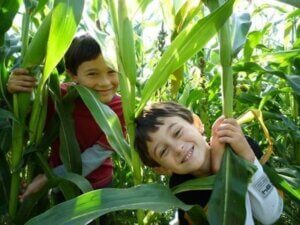
Kids and corn. Photo courtesy of Robin Rivet.
What if botanical gardens were to launch a Nature Smart campaign (complete with bus advertisements and free media), inviting the public to not only learn about nature but to learn in nature?
As director of youth education for the San Francisco Botanical Garden, Annette Huddle works hard to incorporate school learning standards into children’s field trips. But she also sees the power of nature to stimulate cognitive functions, to unleash the creative mind, to ignite a rich interior life. (My admitted bias: What good is scientific knowledge to people who lack fertile imaginations and strong spirits?) At any age, people can stimulate their minds by spending time in nearby nature, whether it’s an arboretum or the woods at the end of the cul de sac or the wilderness at the edge of town. As part of a Nature Smart campaign, botanical gardens could partner with PTAs or other groups to create a regional Natural Teacher award or fellowship, honoring the teachers who insist on getting their students outside to learn.
What if, in each city, botanical gardens were to launch a Natural Health campaign to promote the preventive and therapeutic power of spending time in nearby nature?
Recent research suggests that urban greenery can have a profound impact on health — particularly mental health. Botanical parks could invite people to come to the botanical garden to admire and learn about the plants, but also to improve physical and mental health. But such a campaign, led by botanical parks, would promote all natural parks in an urban region. Studies suggest that the urban parks with the greatest biodiversity are also the parks that have the greatest beneficial effects on psychological health and well-being. The plants (and animals) of botanical gardens are seldom native to the bioregion, but they do offer biological diversity. They’re healing places. Why not market that?
What if each botanical garden challenged its city to become the “Most Biodiverse City” in America?
Botanical parks could work with wildlife biologists and ecologists to establish benchmark statistics for local biodiversity, then campaign to dramatically increase it by a stated date. Working with zoos, libraries, schools and other institutions, botanical gardens could hand out seed packets and seedling starts for families to use to turn their yards into attractive native gardens. While the emphasis would be on native plants, other plants can also help reestablish the natural food chain – bringing back, say, butterfly or bird migration routes. Botanical gardens in each city could help create a De-Central Park by declaring that all the green spots of a city, from pocket parks to community gardens to green roofs, be seen as one great park or wildlife corridor.
What if botanical gardens took the lead in creating a Homegrown National Park?
Widen the scope: Botanical gardens and their partners across the country could declare an ambitious ten-year goal, the creation of a vast network of wildlife corridors established by ordinary citizens, yard to yard, city to city — realizing entomologist and writer Doug Tallamy’s dream of a Homegrown National Park.
Unrealistic? Maybe. Idealistic? Of course. And that’s the point.
-
Network News
POLICY UPDATE: Policy and advocacy for the children and nature movement
-
Voices
Binoculars, bald eagles and my journey as a Black birder
-
Richard Louv
THE WONDER BOWL: Ten Spring and Summer Nature Activities for Kids and Adults
-
Network News
Minneapolis Spotlight: The promise and possibilities of parks for youth
-
Voices
Why nature is my motherhood ally


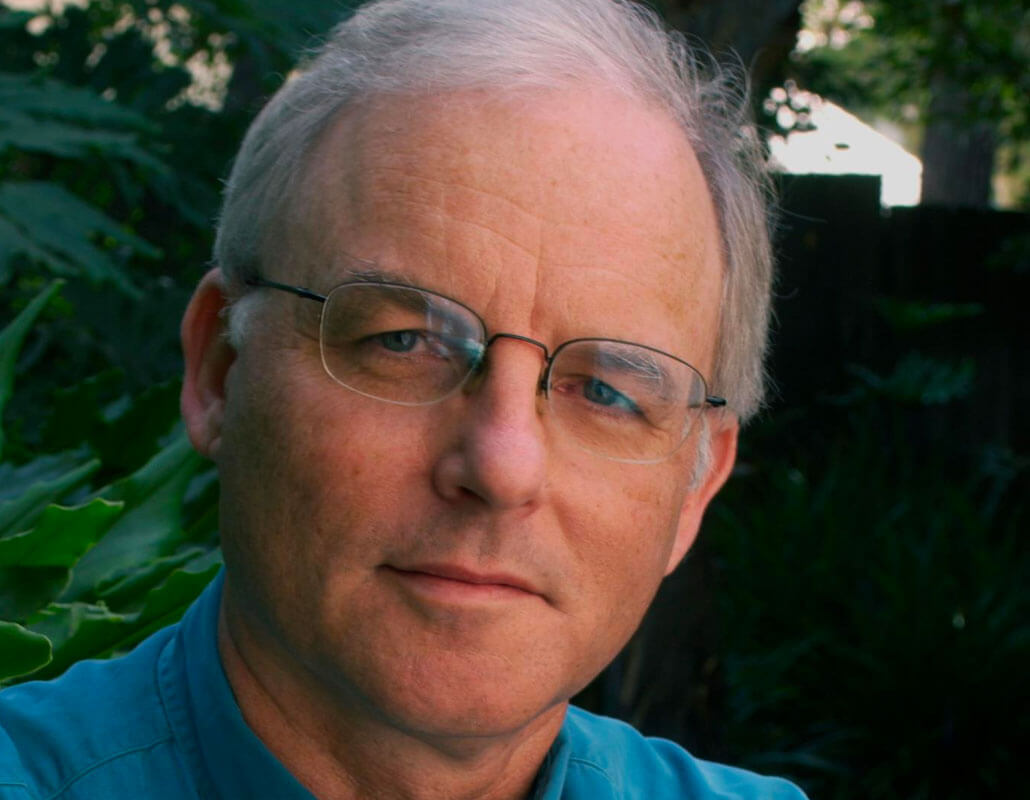
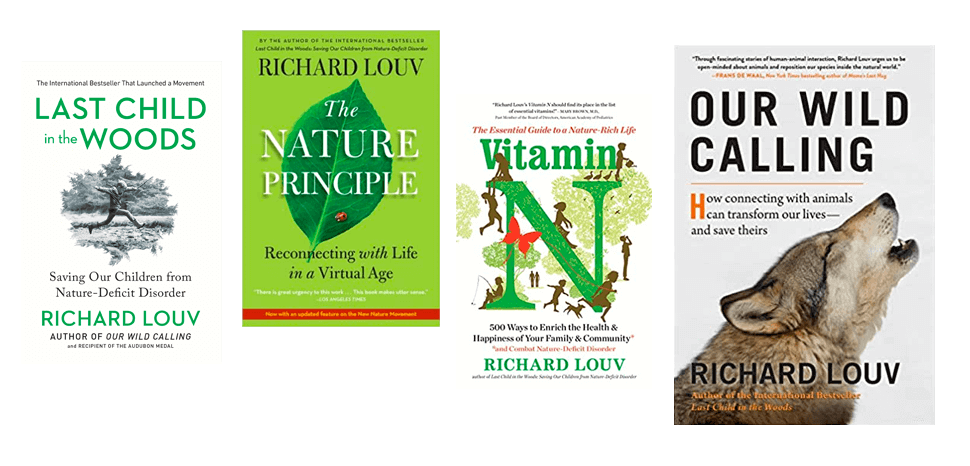
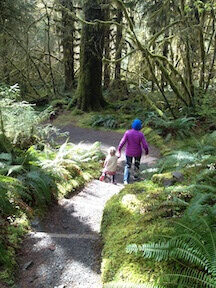
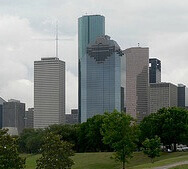
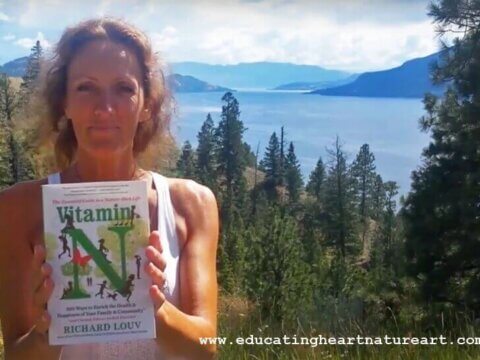
Commentaries on the C&NN website are offered to share diverse points-of-view from the global children and nature movement and to encourage new thinking and debate. The views and opinions expressed are those of the author(s) and do not necessarily reflect the position of C&NN. C&NN does not officially endorse every statement, report or product mentioned.